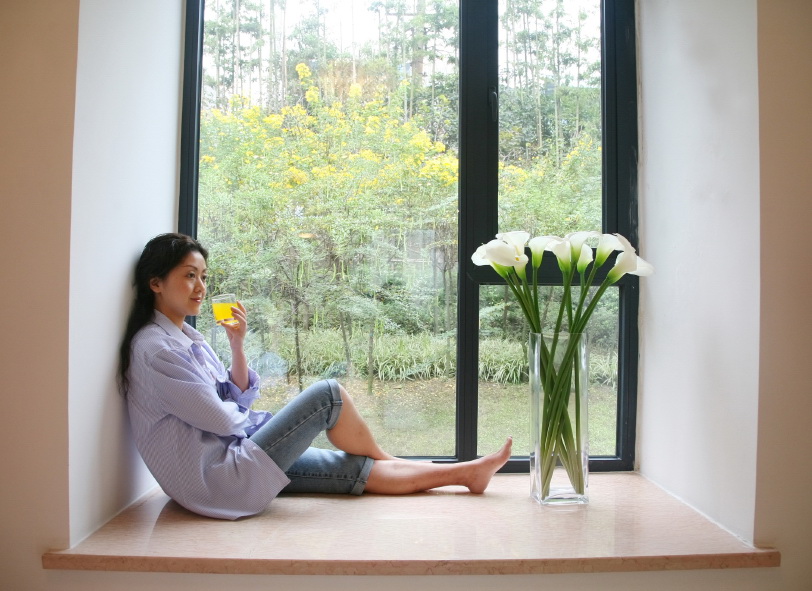
Every designer and architect wants to fill interior spaces with natural light. Natural light saves money on lighting costs and provides plethora of health benefits for building occupants. Because glass is a poor insulator, the large amounts of energy that are wasted trying to keep the interior of office buildings and schools comfortable make glass unviable for those who wish to create an effective building envelope. Designers are torn between form and function, having to compromise either their vision or sustainability goals. Now phase change windows offer a new evolution in energy efficient window systems that will enable designers to let the light shine in.
Because glass is a poor insulator, the large amounts of energy that are wasted trying to keep the interior of office buildings and schools comfortable make glass unviable for those who wish to create an effective building envelope. Designers are torn between form and function, having to compromise either their vision or sustainability goals. Now phase change windows offer a new evolution in energy efficient window systems that will enable designers to let the light shine in.
A great example of phase change window systems comes from GlassX; the world’s first thermodynamic glazing system which can reduce a building’s energy consumption by 30-50% with at least 1/3 coverage on a south-facing facade.
Phase change windows work using two different technologies: first, a prismatic layer reflects solar radiation in warm summer months, but allows it to pass through in cooler winter months. This is because winter radiation hits the prism at angles below 35° and can pass through to warm the interior of the building.
Second, a layer of Phase Change Material (or PCM) liquefies as temperatures increase and the chemical bonds weaken. This process is endothermic and the PCM windows absorb heat. When the ambient temperature drops, PCM materials radiate heat and crystallize. A layer of phase change material (salt hydrates) liquefies when temperatures increase and crystallize when temperatures drop. The salt hydrate crystals are hermetically sealed in grey polycarbonate containers. Phase change window systems such as GlassX have a U-value of 0.08btu/F/ft.² and an R-value of 12.
PCM technology isn’t new; it’s been around since the 1940s. The biggest selling point of PCM is that is can store heat energy for longer periods than other building materials. At room temperature, a 16mm thick PCM window can absorb as much solar energy as a 10-inch concrete wall. Because phase changing windows have no moving parts, they last just as long as any conventional window system.
With phase change materials, designers can incorporate window systems that allow natural light in, but have the same insulating properties as a solid wall. Phase change materials are also being incorporated into wall and flooring systems to improve building envelopes making this a budding technology to keep an eye on.
